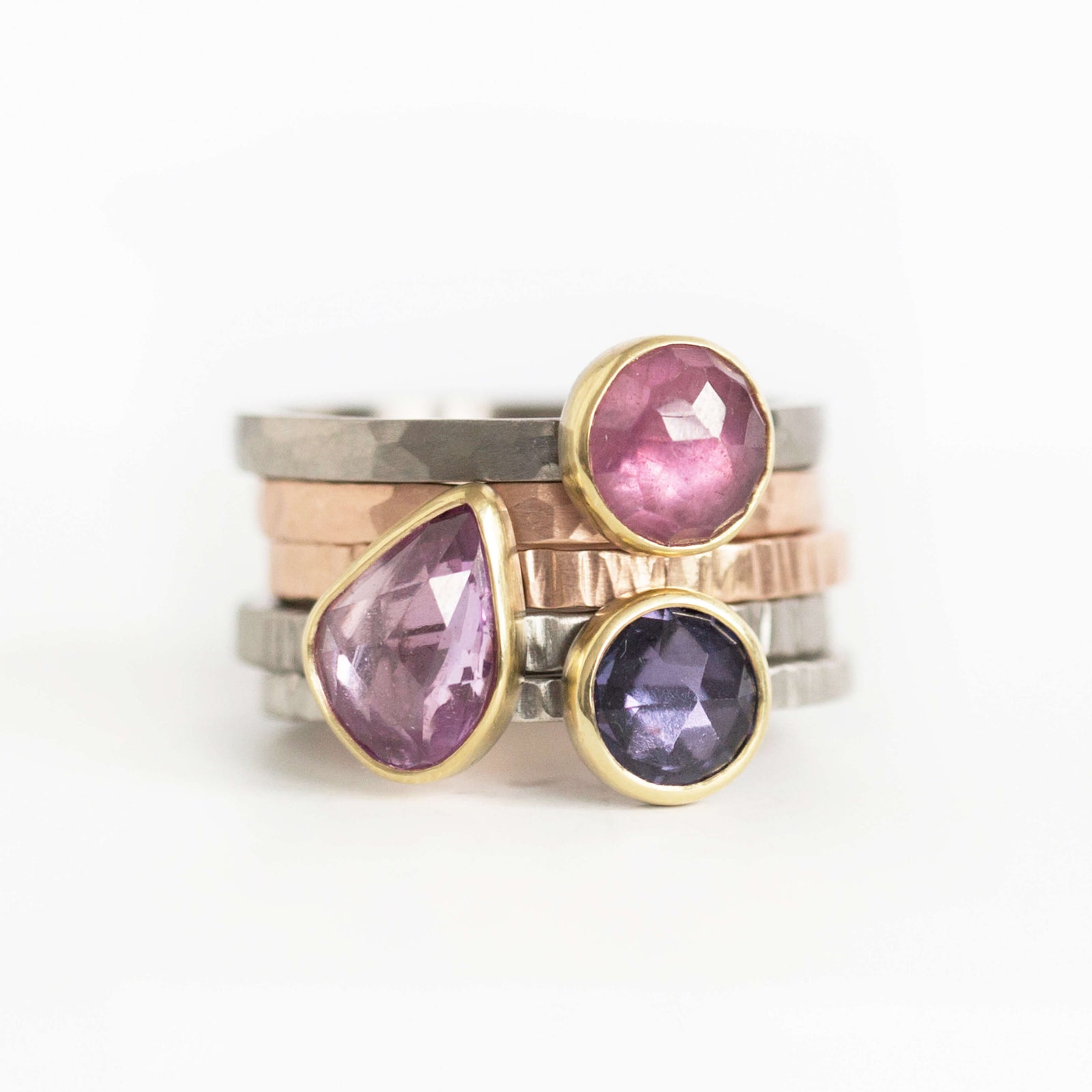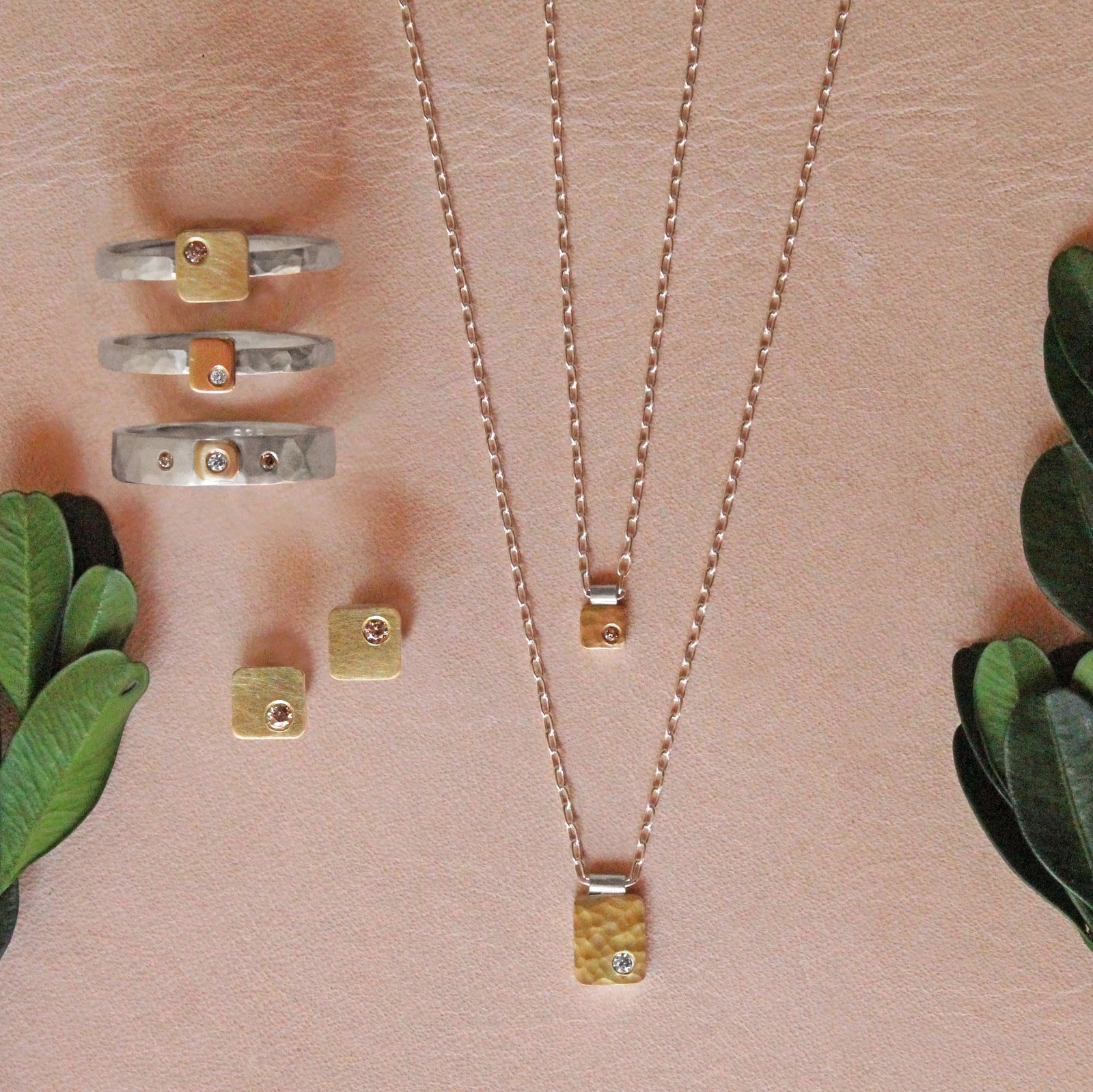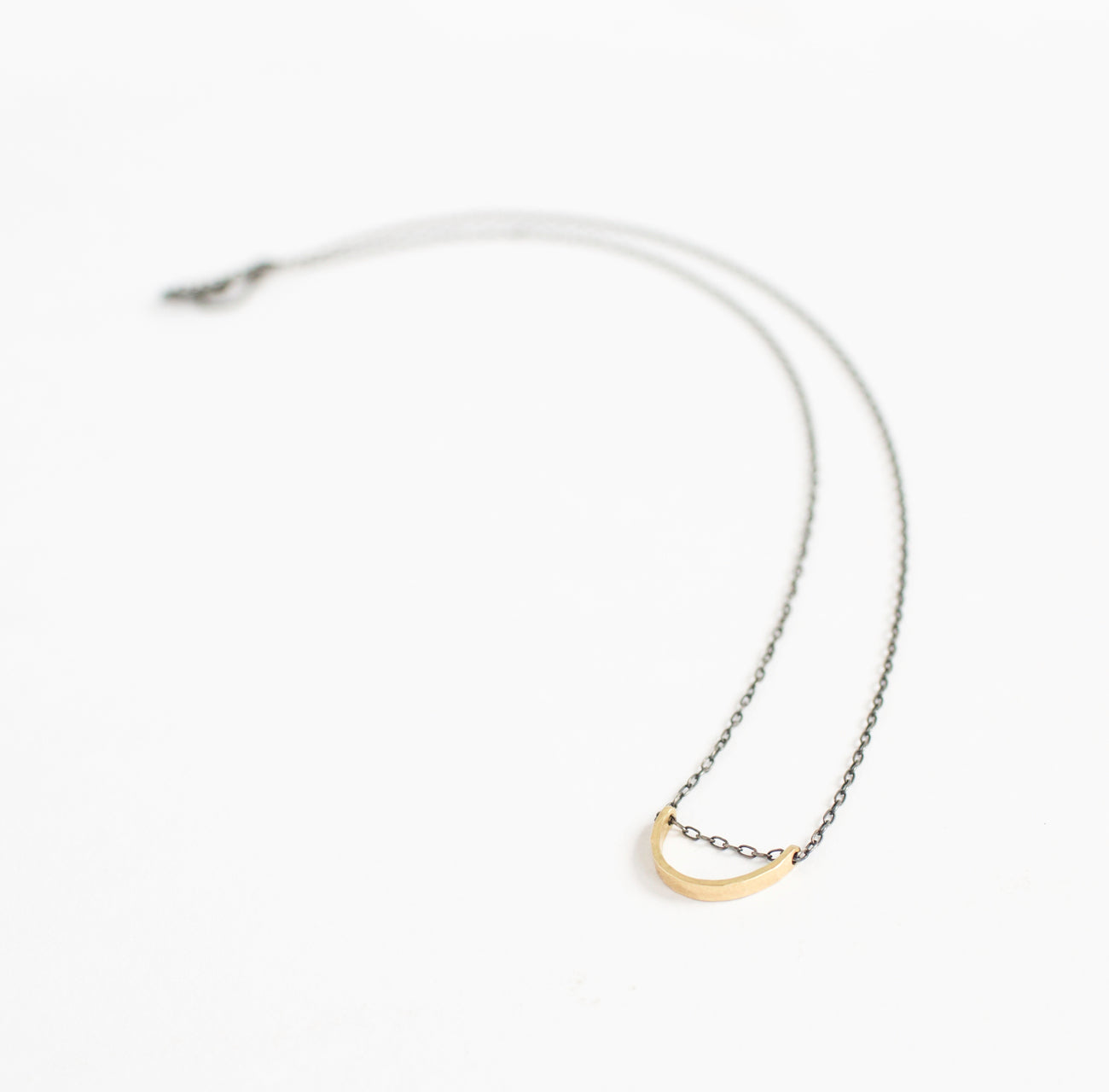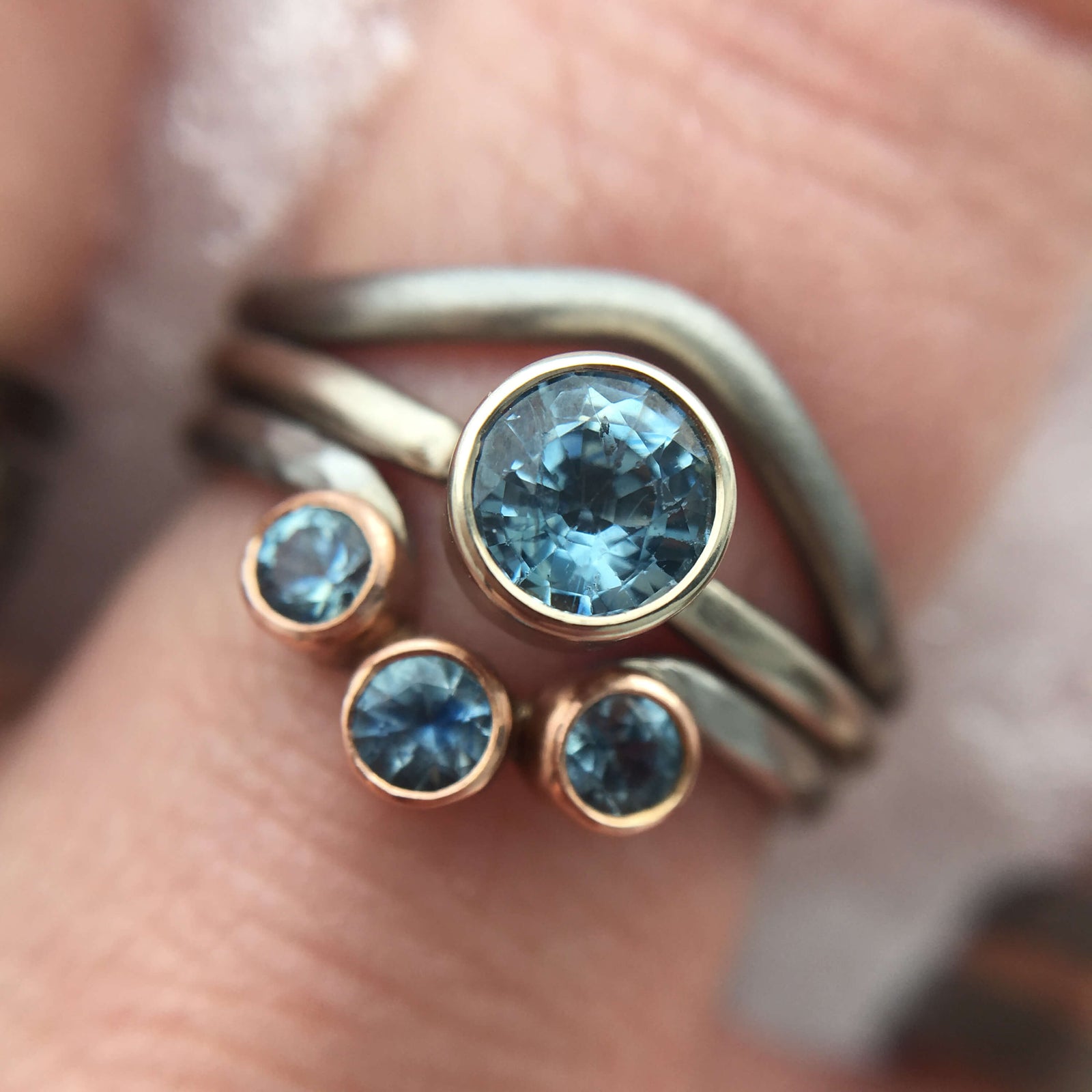Your Cart is Empty
EC Design Studio is open Thursdays 12-5pm and Saturdays 11-4pm
EC Design Studio is open Thursdays 12-5pm and Saturdays 11-4pm
EC Design Studio is open Thursdays 12-5pm and Saturdays 11-4pm
EC Design Studio is open Thursdays 12-5pm and Saturdays 11-4pm
Salt and Pepper Diamonds
Sapphire Candy Shoppe
Signature Cell Collection
Minimalist Essentials
Contour Stacking Bands
Sapphire Candy Shoppe

Sapphire jewelry so juicy you'll want to eat it!
Signature Cell Collection

The EC Design classics
Minimalist Essentials

Beautifully simple
Contour Stacking Bands

Customize your wedding bands!
June 15, 2021

June is one of three months with three birthstones to pick from; pearl, alexandrite, or moonstone. In this post we are going to focus on the classic pearl.
Pearls are quite delicate and fall between 2.5-3.0 on the Mohs Scale of hardness. Due to their delicate nature, pearls are not ideal for everyday wear and should not be stored with other jewelry or even in plastic bags. Contact with chemicals such as perfumes and beauty products should be avoided as much as possible. Pearl jewelry should be the last thing you put on and it should be gently cleaned with a soft cloth after a night on the town before being properly stored until the next outing.
Even though they require special care, these waterborne stones have been beloved for centuries and have long had mystical lore associated with them. They aren’t really formed by tears from heaven, dew drops, or from the depths of a dragon’s skull (as once believed), but they are still pretty amazing in that they are the only organic gems formed inside living tissue.
Pearls are formed when mollusks cover irritants with a substance called nacre, creating a pearlescent bead. Natural pearls typically begin with a piece of sand or even an unwelcome guest like a parasite. Cultured pearls come from mollusks that reside in pearl farms and require a human touch with a purposeful introduction of mantle tissue or a mother-of-pearl shell bead. The vast majority of pearls on the market today are cultured pearls, as most natural pearl beds had been heavily fished over the past thousand years or so.
Farming pearls offers some control over the size, color, and shape of the stone, but the noble mollusk won’t produce just anywhere. Pearl-bearing mollusks require clear, warm waters free of pollutants. Pearls are grown and harvested in many parts of the world, but China is the most prolific producer of these simple beauties. Areas in and around the South Sea and French Polynesia are also popular producers.
One of the most well known pearls is a whopping 50 carats and was once a part of Elizabeth Taylor’s coveted jewelry collection. The teardrop shaped natural pearl was harvested from the Gulf of Panama in the 1500s and is the primary stone in a breathtaking Cartier necklace that sold for nearly $12 million in 2011.
Luckily you don’t need to be royalty or a star of the silver screen to enjoy the sweet simplicity of pearls. They are a classic jewelry staple that come in many shapes, sizes, and price points so you don’t need to be Elizabeth Taylor to wear pearls.
Want to be the first to hear about new releases, sales, and special offers? Sign up here to stay in the loop.